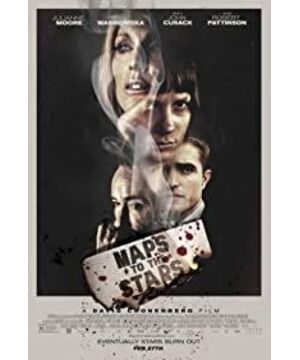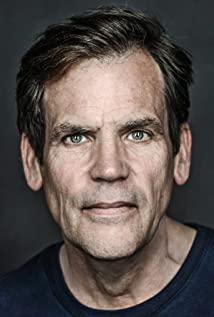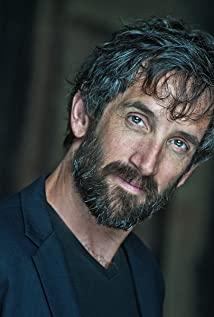Therefore, when the star map became the core concept of the film, Cronenberg’s film was logically established as a satire of Hollywood. When the director and screenwriter denied this, it became a reference to contemporary Western culture, and the fame and wealth were so glorious. Some general fables are placed in the corresponding film sequences, from "Sweet Life" to "Celebrities" and "Somewhere", different styles and states are gathered together because of similar groups of characters. Both of these definitions are too easy. Because of their ease, they appear crude, leaving the film with only anecdotes and distortions.
Almost the entire film of Cronenberg’s “Metropolis” takes place in a long limousine. Outside the window is the weird Toronto, which is referred to as New York. Numerous concepts and metaphors are embedded in Dondriro’s precise and careful lines. The absent-minded tycoon on the way to the barbershop is an observer of this modern "landscape". The personnel surrounding him are all from the human mind to a pane of modernity, and the world and luxury cars have formed a close connection through this.
Obviously, "Star Map" is not the case. It is different from most of Cronenberg's past works in terms of image style and even story structure, showing a kind of realism that looks like an urban myth, and the life of eccentric characters. The performance, the casual Hollywood routine, and the slightly televised audiovisual language, even if there are ghosts in the script, its role is greatly suppressed, and it does not try to create a special sense of strangeness, but merges into a part of the character's psychological symptoms.
The impulsive and unbalanced mental state of the role, the conflict between the incestuous and variable interpersonal relationship and the visually neat, concise, and ascetic environment decoration style constitute a modern feature-people actively choose to be materialized, and value the appearance of order more than the inner order , The solution of the spiritual problem also depends on some shallow external means. The aging and declining actress Havana is subject to the dual pressures of career decline and childhood shadows. The spiritual healing masters and couples hide the secret of sibling incest and regard their daughter Agatha, who knows the truth and set fire to disfigurement, as the biggest threat to life. The son— —The popular child star Ben Jie was trapped in the rules of Vanity Fair by his parents. Ben Jie starred in a film called "Bad Nanny". In Hollywood in the film, the children have never been treated reasonably, so adults are also children who are not really adults. They are like giant eggs, and they will be easily treated anytime, anywhere. break in. The process of human growth is completely disrupted in this way, prematurely entering the deformed value system and adult’s unclean way, such as underage child stars gather together and regard twenty-five as the age of aging close to menopause. Temporary status and fame dictate to others and bully competitors. Adults are "bad sitters", and "bad sitters" educate the next generation with zero abnormalities.
Benja’s admirer died of illness and became a member of Hollywood ghosts like the actress’s beloved son. These ghosts absorbed the performance methods of "Hamlet" and became people outside Hollywood, ridiculing the corresponding characters. Expose the truth and even become a guide in a sense.
The poem by Paul Eluard is centered on freedom, and the voice seems to be upright, but how it matches the film is still a problem that is difficult to sort out. Agatha and Benjah "inherited" their parents' wedding ring and died together. The rest of the characters suffered a kind of "deliberate creation of ruins" destruction. There are also some unknown origins, but this is not a road to freedom pointed out by the director. , So if you don’t dig deeply, it cannot be judged as a weak ending. It is more like a fog. Even if it is death, it just points to the ghost that seems to be free, but it is internalized.
In fact, the more I write, the more I don't understand...
View more about Maps to the Stars reviews











